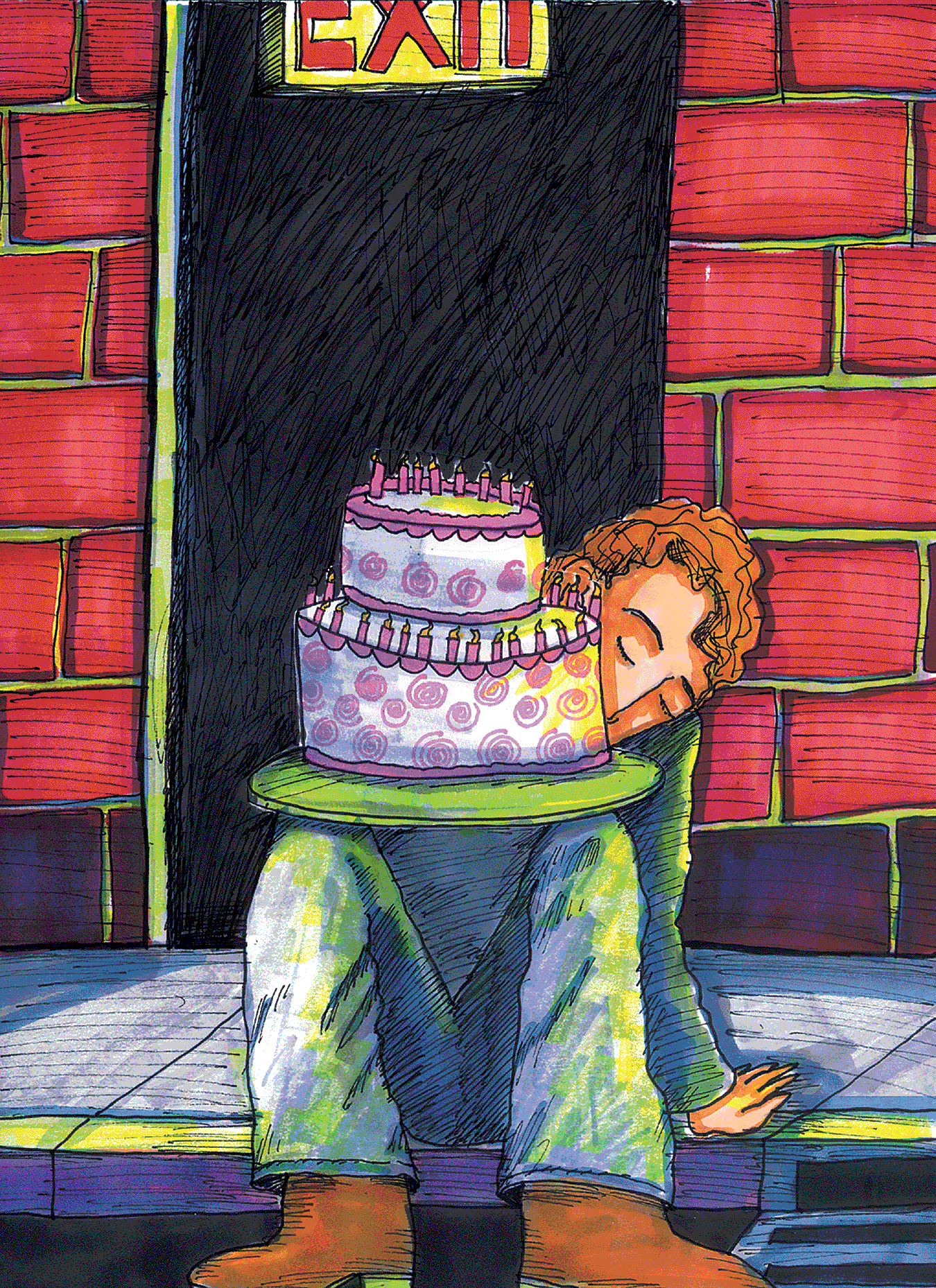Hands to Work: The Stories of Three Families Racing the Welfare Clock, by LynNell Hancock, William Morrow/HarperCollins, 2002. 320 pp. $13.95 (Paperback, available December 2002), $25.95 (Hardcover).
In 1996, Congress passed and President Clinton signed the Personal Responsibility and Work Opportunities Act, placing a five-year lifetime limit on benefits and requiring recipients to work or to actively pursue employment. Working – not training or education – was seen as the best route out of welfare dependency and poverty.
In Hands to Work, LynNell Hancock describes how three women and their families adjusted over three years to the changes in the New York City welfare program. The thesis of the book is that the new rules hampered their efforts to move from dependency to economic self-sufficiency and created new hurdles as well.
Hancock suggests that society’s reluctance to assist the “undeserving poor” has resulted in a greater tilt toward sanctions and a more punitive version of reform, as evidenced by the lack of support for education and training, lifetime limits on welfare benefits and a set of rules that seem designed to push recipients off the welfare rolls, not to assist them in improving their lives. She cites research that appears to support her general thesis, but her reading often seems selective.
For example, Hancock fails to note that welfare reform has not resulted in the dramatic increases in child poverty predicted by opponents. Instead, she focuses on the number of poor children who now have parents who work rather than parents who receive welfare. This is an important concern: Most Americans believe that people who work every day should not be poor. However, Hancock and others assume that these families are locked in a permanent state of working poverty; existing research does not support that assumption. In fact, there appears to be a relatively high degree of documented income mobility in this country – including among the poor. It is difficult without long-term research to know whether we are observing individuals taking the first steps on the ladder to upward mobility or those forever stuck at the bottom.
The three women provide evidence to support the notion of the deserving and undeserving poor, but their stories also bolster critics who are concerned that welfare reform is arbitrary and may actually hinder a recipient’s ability to achieve self-sufficiency. The women may not be statistically representative of the welfare population, but they do seem to represent different images of the welfare population held by the public and policy makers.
Christine is a Hispanic single mother of three whose economic difficulties seem to be the result of bad decision-making and drug addiction. She has blown a modest financial inheritance on drugs and a physically and emotionally abusive boyfriend, money that could have provided a solid financial start. Christine appears to have the talent and intelligence to succeed, but she lacks internal discipline and self-esteem. As a result, she constantly finds ways to sabotage her life. One could argue that it was the harsh sanctions and rules associated with welfare reform that finally provided her with the structure necessary to begin to get her life together.
On the other hand, Brenda, an African-American mother of two, represents those individuals who, through no real fault of their own, have fallen on hard times. She worked hard at low-wage jobs and sacrificed to send her teenage daughter to decent schools. But her relationship and unintended pregnancy with a violent male eventually led to unemployment, homelessness and welfare. Despite her strong desire to work and find permanent housing, the welfare system treated her as if she was a potential cheat who needed to be disciplined.
The third subject of Hands to Work is Alina, a single, childless Russian Jewish immigrant who left Moldova with her family for economic opportunities in the United States. Alina is the most challenging to classify. She made none of the personal mistakes that plagued Christine and Brenda, but she was still on welfare. In her case, welfare was intended to be a short-term bridge from her old life in Moldova to her new life in America. Alina wanted to study to become a medical doctor, and welfare was a means of financial support while she pursued this goal. To receive her welfare benefits, Alina must work at a workfare assignment in New York City. Through her own hard work and assistance from Jewish immigrant support services, she manages to find a placement that does not significantly interfere with her education goals.
The question that arises is why Alina – unmarried, without children, with a strong supportive family and community – should be provided with welfare benefits while she attends school. It’s clear that Alina needed some income, but less clear why welfare reform did not push her toward part-time work.
Nonetheless, Hands to Work is a window onto how welfare reform affects the lives of three real individuals and their families and as such provides an important complement to the range of quantitative studies. Moreover, it is an important critique of how welfare reform, indeed any reform, is actually implemented on the ground. Most reform efforts assume that there is an average welfare recipient, but Hands to Work suggests this is a faulty assumption. A reform framework that is capable of understanding and responding to the different stories of Christine, Brenda and Alina might have a much better chance of both reducing dependency and promoting actual economic self-sufficiency.



Comments